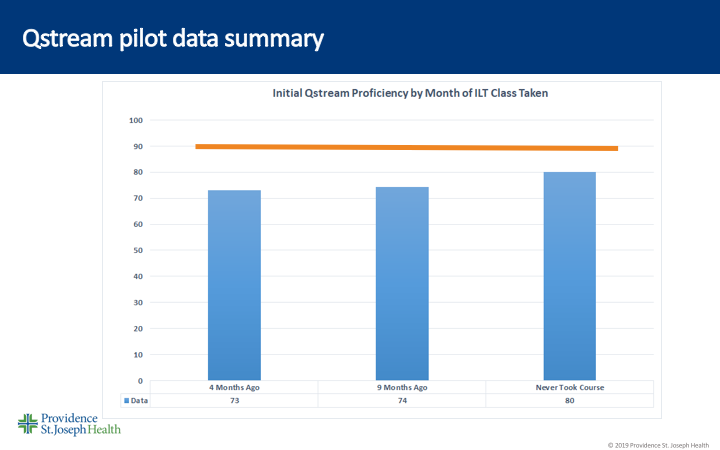Share this article:
Article courtesy of David Resendes, Marketing Program Manager, Qstream.
Organisations worldwide have closed their offices and are now focused on supporting a remote workforce for the months ahead. This poses some very real challenges. One of the most significant challenges being how to connect with your remote workforce to ensure they stay engaged and motivated.
How can you deliver and implement new training, new processes and update offerings? How do you deliver critical information, and do it at scale and specific to each audience group? How do you deliver training and, more importantly, follow through to ensure that the knowledge is retained and utilised?
Keeping remote employees engaged and up to date with training materials has always been a challenge, but now, companies are being forced to roll out learning programs to an entire workforce who are working from home. How confident are your managers that this new knowledge is being applied?
Remote Learning at Scale
Scaling workforce learning programs can be extremely costly and can take months or even years to implement with supporting technology. And now, faced with a situation where people are required to work remotely, it’s important to ensure that your platform and programs are accessible and effective for your whole workforce, at every level, immediately.
Qstream delivers you many benefits including the ability to deliver learning quickly and at scale. Qstream’s SaaS-based mobile microlearning solution is easy and fast to implement. For years, Qstream has delivered engaging microlearning challenges in just minutes a day, available on any mobile device to organisations around the world of any size, in any industry sector, at any level of complexity, and including highly regulated organisations. Peer competition and leaderboards keep remote employees excited to complete scenario-based Q&A challenges while learning new content and reinforcing critical concepts.
Qstream collects data points from users responses to Q&A challenges and provides your managers with real-time dashboards and proficiency heatmaps, measurements of training effectiveness and highlights of knowledge gaps to guide targeted coaching opportunities and future training needs. When compared to traditional learning management systems (LMS) which only show learner participation and course completion data, Qstream’s learning analytics provide valuable and targeted data and insights on specific content topics, regions and individual learner performance.
While Qstream is widely known for reinforcing material that has already been presented, co-founder, B. Price Kerfoot, MD EdM confirms that Qstream’s spaced education methodology, called “the spacing effect,” is clinically proven to teach new material as well. In fact, Dr. Kerfoot references just three of the many clinical trials proving this success in a recent blog post.
In one of those randomized studies, conducted by Dr. Tim Shaw, 371 new doctors-in-training at two of Harvard’s teaching hospitals received new content on patient safety behaviours either through traditional web-based teaching modules or through a spaced microlearning program. The study demonstrated that spaced microlearning training is more effective at teaching new content than web-based teaching modules and generates observable behavior change.
In another analysis, Johnny Hamilton, Senior Design and Innovation Consultant at Providence St. Joseph Health, discovered that its training impact was not correlated to when employees were last trained. He ran a Qstream to three different groups. One group had previously been trained on the materials in an instructor-led course 4 months earlier, another took the formal course 9 months earlier, and the final group was learning the concepts for the first time.
After running a Qstream to all three groups, Providence St. Joseph Health found that all three groups had the same initial proficiency, whether or not they previously took the course. Whether it was 4 months earlier or 9 months, people forgot what they learned through traditional learning methods. This means that the learning process has to be presented and then immediately followed by an ongoing learning activity that is spaced over time to reinforce critical knowledge.

The research and customer feedback all point to the fact that Qstream’s microlearning solution is a successful way to engage, present critical knowledge, and then reinforce it so that learners in today’s distracted world can remain informed to do their job successfully. While the shift to a completely remote workforce might be temporary, implementing a cost-effective, non-disruptive, clinically proven microlearning solution will always stand the test of time, even as people come back into the office in the coming months.
Want to learn more about how Qstream can help your organisation with remote learning? Start a conversation by contacting us today!


